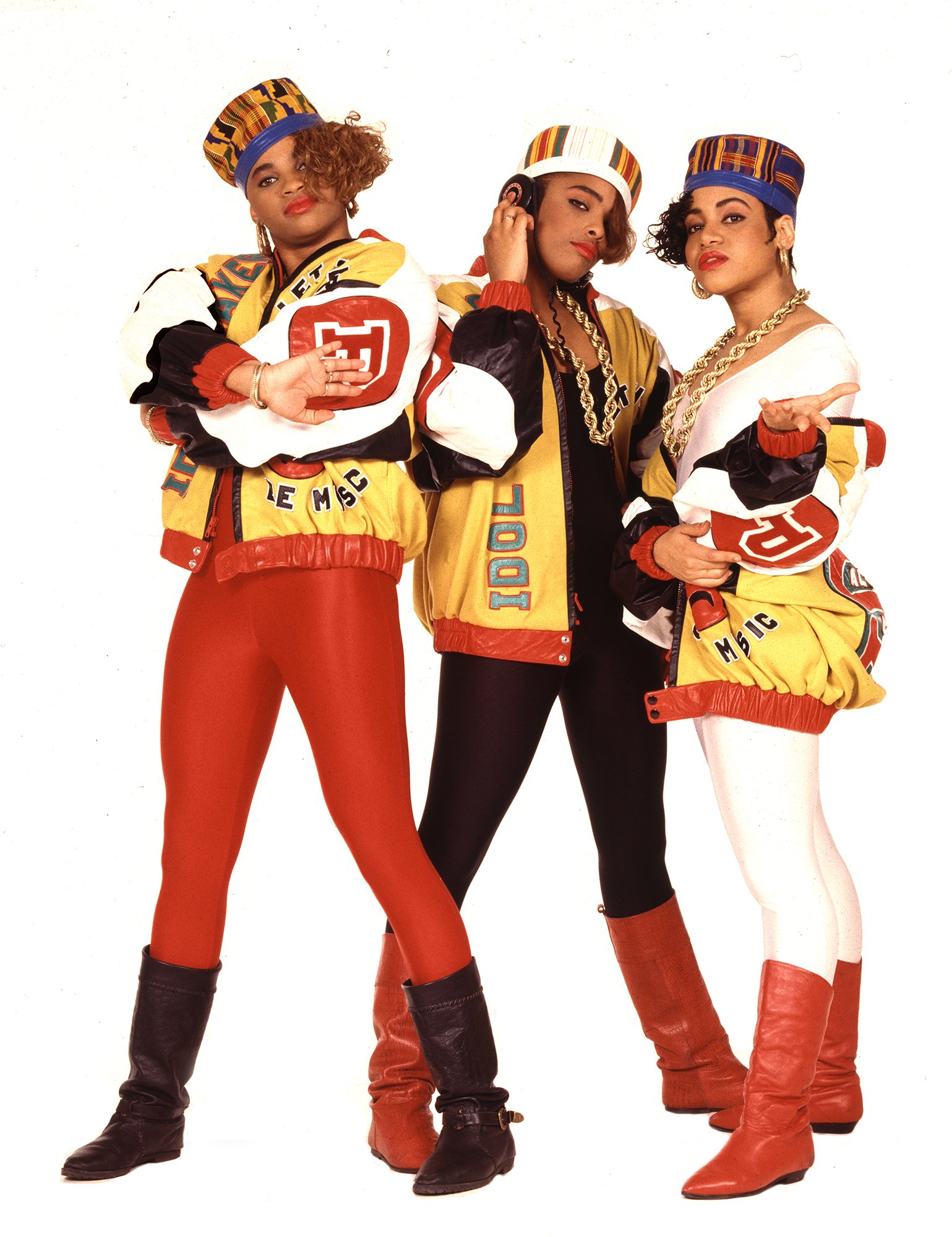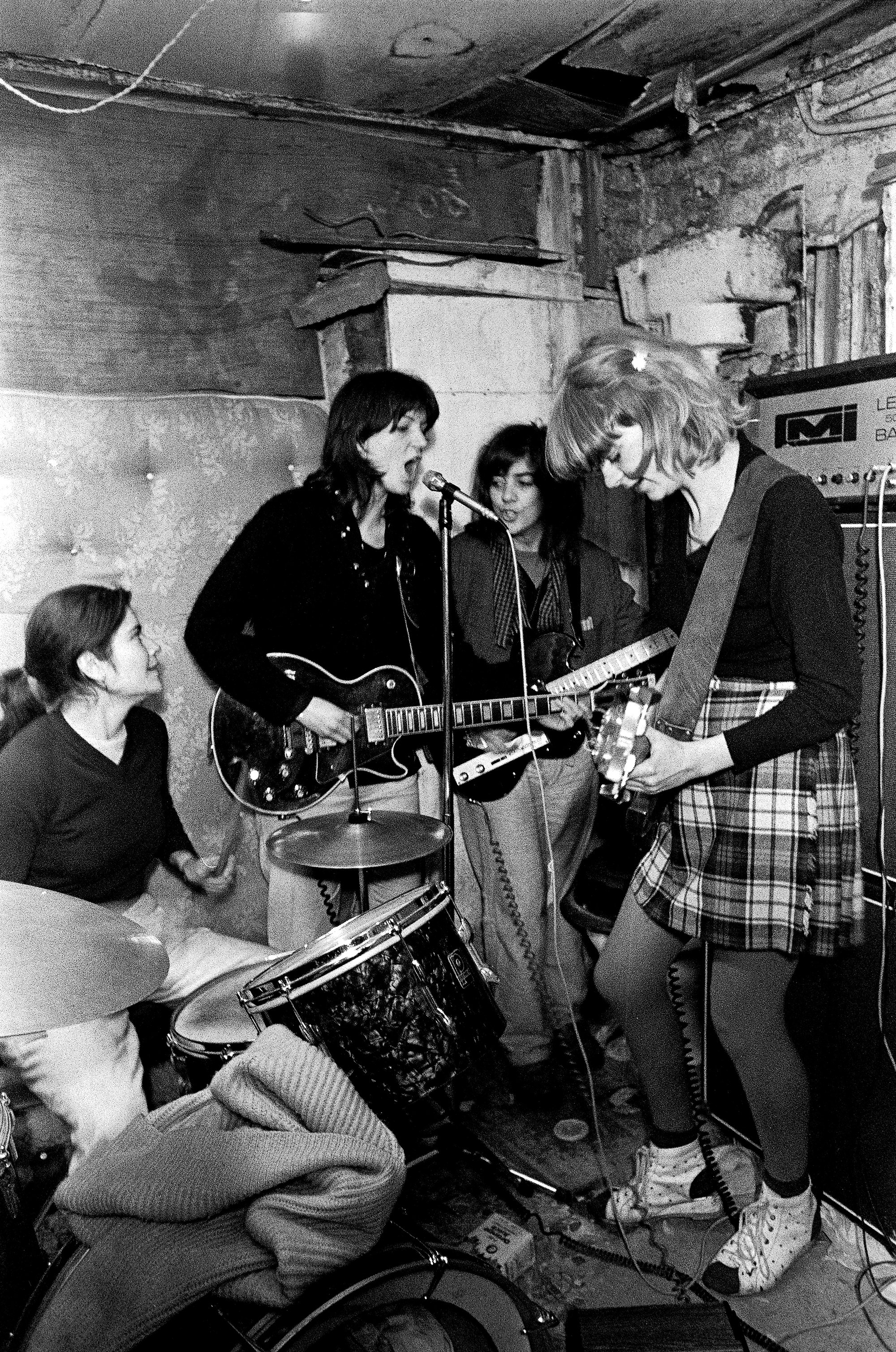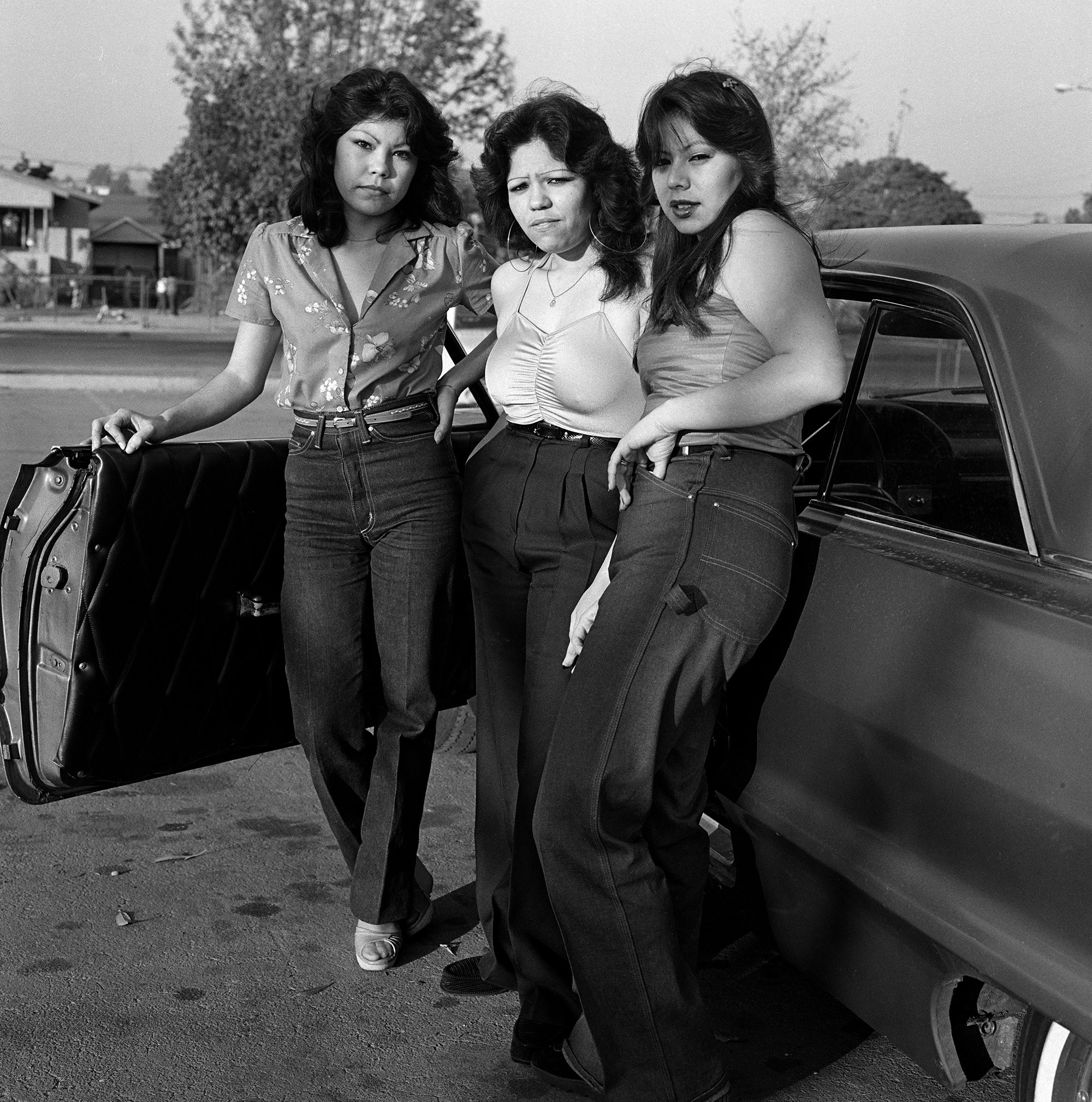Exhibition Review: Janette Beckman: Rebels
Written by: Federica Barrios Carbonell
Edited by: Jana Massoud
British-born documentary photographer Janette Backman encapsulates the aura of the city and the rebellious attitude of its residents. The multitude of personalities she captures through her lens represent the avant-garde of society - each with their own story. Beckman’s depiction of the characters exudes creativity and truly portrays why she played such a big role in the world of cultural individuality. Every image is different from the next, each being woven together by the rawness of its scene. Beckman did not have one style of photography, her images range from incredibly colorful depictions of elaborate outfits draping the bodies of musicians to black and white portraits of iconic musical and visual artists.
Her subjects appear candid even when they are posed, their natural attitude is perfectly translated through the lens. Beckman is gifted in showing her audience why these popular culture personalities have made it to where they are now. The Tribe Called Quest (1990), a picture of the famous hip-hop group from the 90s, captures the golden age of the genre through their explosively aesthetic style and their careless gazes full of confidence. Unpretentiously representing the A-list of society in a time of musical enlightenment, Beckman also portrays the unapologetic femininity of groups like Salt N’ Pepa (1997). In a poised stance, the three women from the New York City-based hip-hop group capture the eye of the viewer with their intimidating scan and sassy gestures.



Through images laced with action and simple close-up likeness of stars, Beckman undeniably captures the essence of the scene, the individual, and their art. Double Dutch girls (1982) brings viewers to the intensity of the event, the fatigue of the women concealed by the fuel of adrenaline brought on by performing, and the passion that impedes these women from stopping to jump. Lux Interior, The Cramps, Los Angeles (1983) drains us of our energy, feeling as though we’ve just been in the room with the performer, allowing viewers to relate and incite nostalgic and euphoric memories. As artistic superstars develop and new ones emerge, Beckman evolves alongside them. The substance of her work is dependent on the character of the artist. Her 2003 portrait of Andre 3000, Outkast shows the artist’s rebellious attitude, his swaggy outfit and nonchalant stare, reminding us also of her 1987 portrait of Sick Rick and his erotic stance juxtaposed with his tasteful, fashionable suit with the comedic addition of the champagne bottle, perfectly describing the enjoyment focused culture of the era.



The beautiful space of the Fahey Klein gallery will be the home of Janette Beckman’s Rebels exhibition from May 5th to June 18th in 148 North la Brea, Los Angeles, California.
Visit here to learn more about the exhibition.









